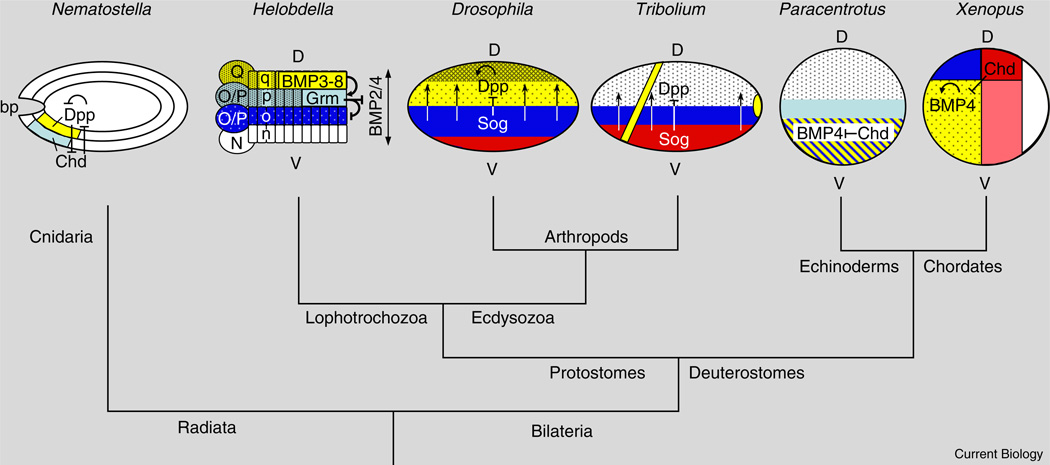Figure 1. Evolution of dorsoventral patterning by BMP signaling.
Key features of BMP signaling in embryos of diverse organisms: the sea anemone Nematostella, the leech Helobdella, studied by Kuo and Weisblat [10], the insects Tribolium and Drosophila, the sea urchin Paracentrotus and the frog Xenopus. Phylogenetic relationships are indicated by the tree, which is not drawn to scale. Note that the dorsoventral (D-V) axis appears to have undergone an inversion in the chordate lineage, which includes vertebrates [1,11]. Red/pink indicates mesoderm; dark blue indicates CNS neuroectoderm; yellow indicates the domain of BMP expression, which corresponds to epidermal ectoderm in vertebrates, Drosophila, and Helobdella; the stippled region indicates region of known BMP activity, darker stippling indicates higher levels of activity; vertical arrows indicate vectorial Sog/Chd-mediated transport of BMPs. D = Dorsal; V = Ventral; Chd = Chordin; Grm = Gremlin; bp = blastopore. For more complete descriptions of the interactions between BMP pathway components in ectoderm patterning, see [11,13,14].

